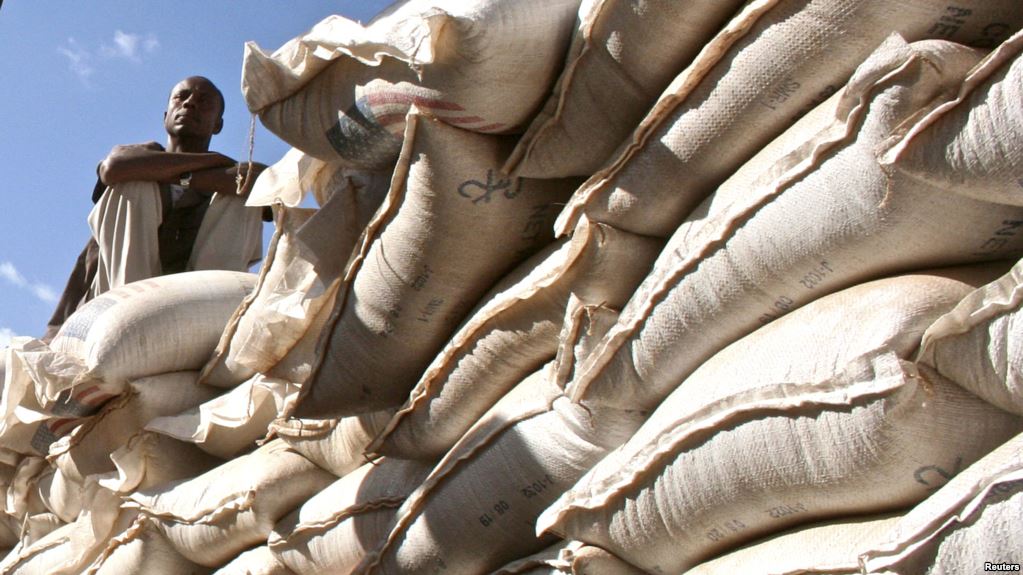Today, GPU manufacturer Nvidia announced a new, extremely powerful computing platform (Pegasus) for use in autonomous vehicles. In the announcement, Nvidia says Drive PX Pegasus is capable of over 320 trillion operations per second. That makes it more than 10 times more powerful than the previous generation Drive PX 2, the technology Tesla currently uses [1]. In this blog post, I’ll explain why this is a pretty big deal and what the implications for future automated driving are.
For starters, let’s refresh a little bit on levels of automated driving. In 2014, the Society of Automotive Engineers (SAE) published a standard with a hefty title: “Taxonomy and Definitions for Terms Related to Driving Automation Systems for On-Road Motor Vehicles”. In September 2016, this document was revised and the SAE decided that the following definitions should be used [2]:
- Level 0 – No Automation:
- Level 1 – Driver Assistance
- Level 2 – Partial Automation
- Level 3 – Conditional Automation
- Level 4 – High Automation
- Level 5 – Full Automation
Currently, no cars higher than Level 2 are commercially available. Audi claims that its Audi A8 Sedan is capable of Level 3 autonomy, but laws & regulations do not allow Audi to turn this on yet. But what Nvidia promises us, is level 5 autonomy: in official words, this means “the full-time performance by an Automated Driving System of all aspects of the dynamic driving task under all roadway and environmental conditions that can be managed by a human driver” [2].
Why does Nvidia think it can manage this? Well, Pegasus contains an amount of power equivalent to “a 100-server data center in the form-factor size of a license plate” [1]. This is necessary because all data captured by the car’s sensors needs to be processed — without error! — in near real-time. And Nvidia is quite confident that it can do this. Partnering with Deutsche Post DHL, Nvidia is about to deploy a fleet of self-driving trucks that should hit the road in 2019 [3].
Based on today’s announcements by Nvidia, I think we’re about to witness a new revolution in automated driving sooner rather than later. What do you think? Will this announcement “rev up” the automotive industries as Nvidia promises us?
References:
[1] https://investorplace.com/2017/10/nvidia-corporation-nvda-stock-soars-on-drive-px-pegasus-reveal/
[2] https://www.sae.org/news/3544/
[3] https://blogs.nvidia.com/blog/2017/10/10/gtc-europe-holodeck-drive-px/

